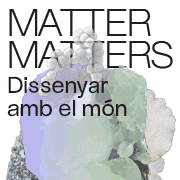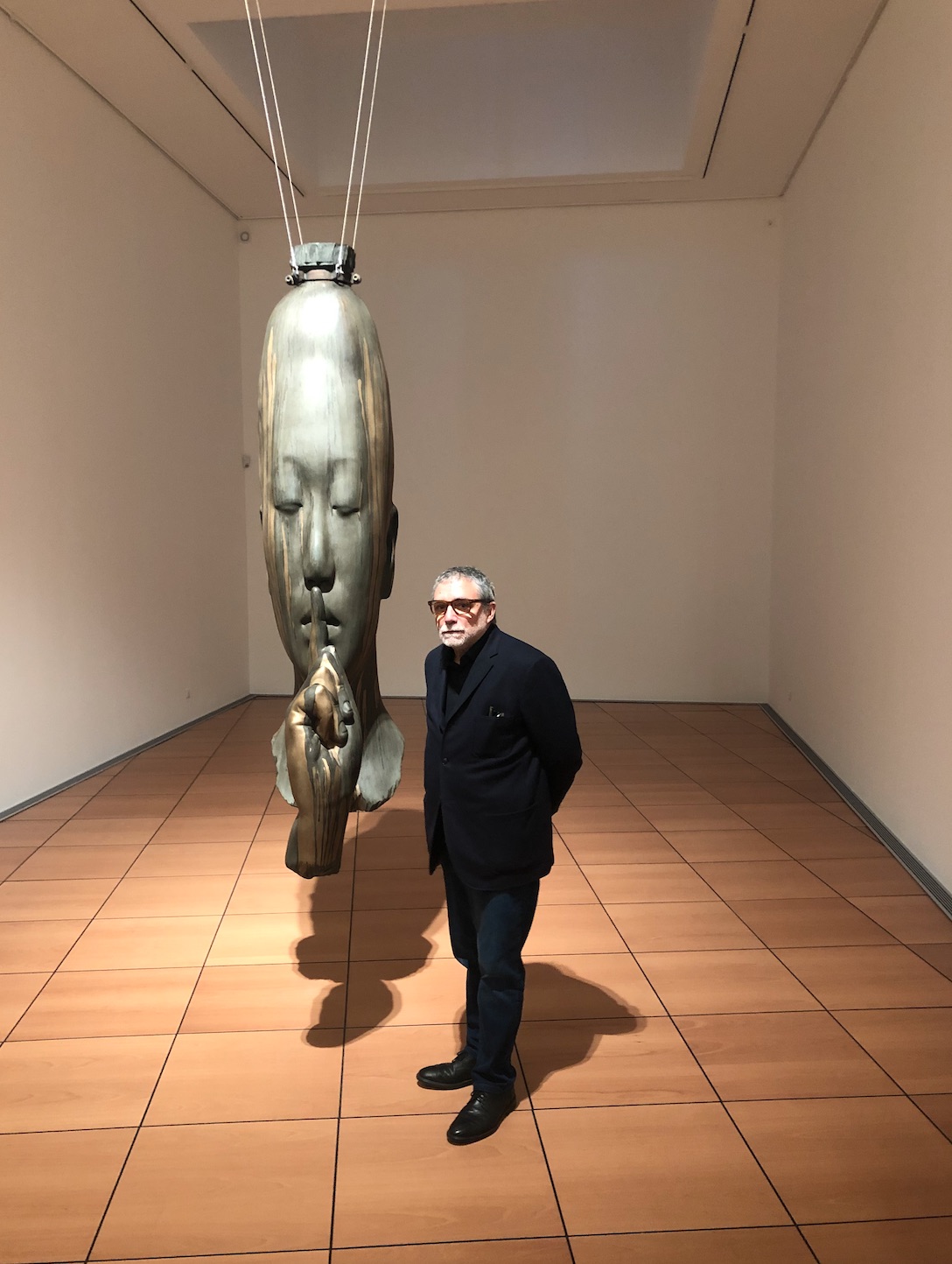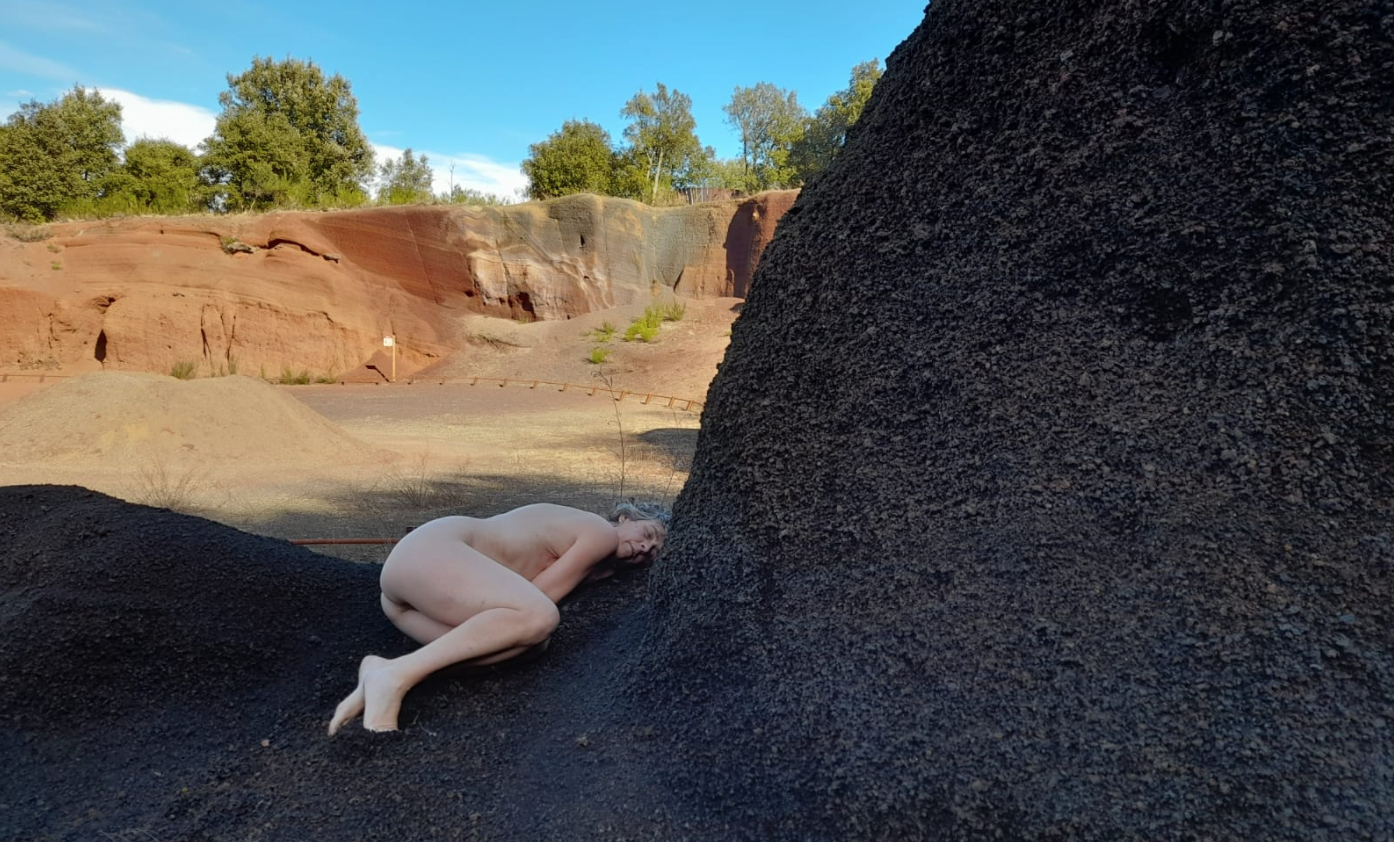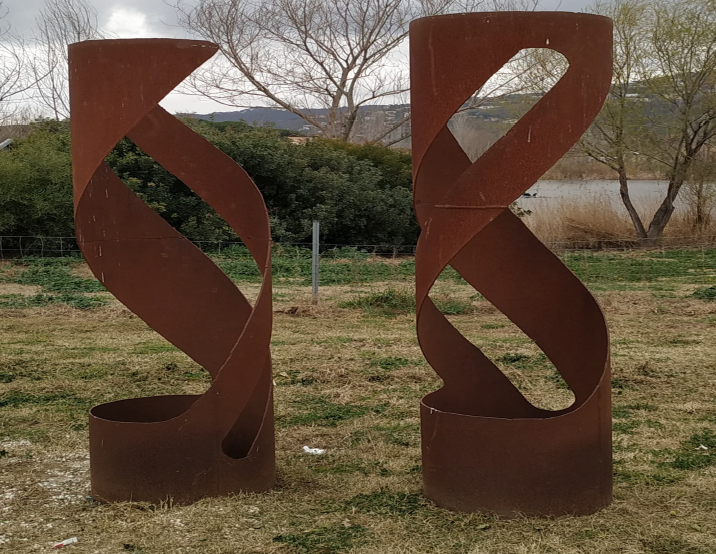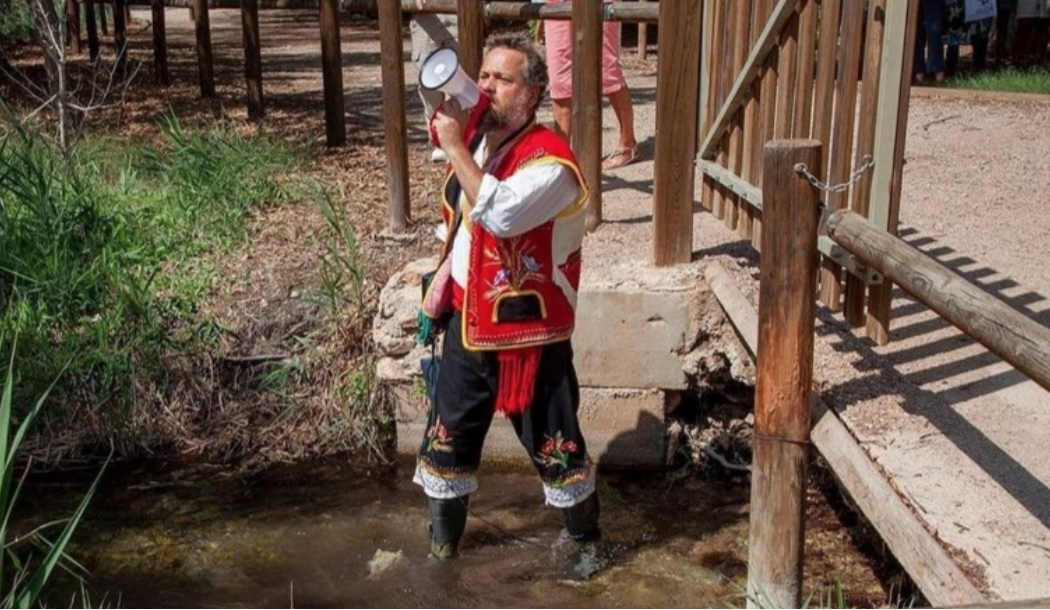News
Pau Riba, object of art
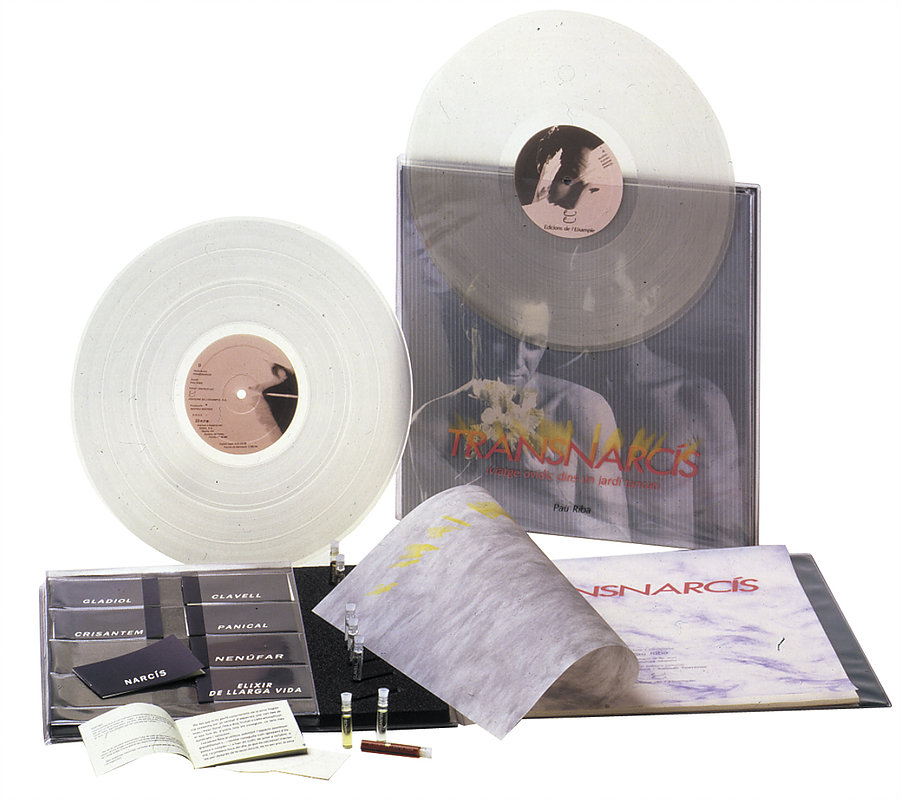
Pau Riba is one of the great names in music in our country. A restless, non-conformist, radical, perfectionist character, he has stood out for his music and the quality of his lyrics. Songs like "Porcelain Girl", "Taxi Driver", "It's Long, It's Long to Wait", "My Comb", "The Orange Blossom", and so many others, are part of the collective musical memory of the country, and its disc Dioptria is considered like the best disc of the history of the rock in Catalan. However, Pau Riba has also stood out as a cover writer for the Concèntric company, writer of several books, actor and columnist for the daily press.
In 1985, Pau embarked on an ambitious project that he dubbed Transnarcís , in the form of a theatrical and musical performance that premiered at the GREC festival in Barcelona and also took him to other parts of the country. In this show and in full creative maturity, he decided to make his own particular chronicle of the song and of himself in the Dalinian way. Transnarcís was a show with a theatrical conception, and it was no coincidence that the production was directed by the actor and director Juanjo Puigcorbé.
The relationship with Dalí comes to him through his grandparents, Carles Riba and Clementina Arderiu. As early as 1953, when a group of artists and intellectuals gave a house in Cadaqués to Carles Riba in recognition and homage on his sixtieth birthday, among the participants was Salvador Dalí, who dedicated a lithograph to the writer. From that date, the Ribas went to Cadaqués every summer and it was a tradition to visit Port Lligat, the painter's house. Paul maintained that relationship on a one-off basis but continuously.
The next step was to publish Transnarcís in disc format, which became a true work of art, an object-disc "of unsurpassed plastic beauty," according to Enderrock magazine. The creation of the album was carried out by the studio of Salvador Saura and Ramon Torrente, Edicions de l'Eixample, which created a “disc-object with transparent covers that contains the music on two discs and the texts of the poetic monologue Transnarcís by Pau Riba, accompanied by bottles with flower essences and the elixir of long life ».
The origin of all this must be placed in the request made to her by Maria del Mar Bonet, asking her for a song that had to do with flowers. Finally in Maria del Mar he took only one of the songs and the others were left in the musical bag of Pau Riba, who recovered them for this new album. This justified the unusual fact that Pau Riba sang songs that he had not composed for himself.
So Pau dedicated songs to Gladiolus, Carnation, Jasmine, Panical, Water Lily and Chrysanthemum, seven tracks that occupied both sides of the first vinyl of the album. While the third face had four more themes: "Trans-pass", "The Giants of Europe", "Egregorian Song", "A fer non-non" and "Nuún"; the fourth side of the disc was blank. The songs are inserted in the narration that is included in the disc, and that becomes a particular chronicle of the song and of itself.
Indeed, it is not at all difficult to identify the references we find in the story that accompanies the songs, in a 42-page book, in elapé and parchment paper format. The story begins when the narrator, the author himself, takes a sheet of songs to Maria del Mar's house —also known as Mima— and finds the house surrounded by a garden, when it penetrates until it is sixteen. gladioli pretending to be guardians— "those sixteen gladioli, it must be said, for there were exactly sixteen of them" —while the thorniest of them all accuses him of plucking the rose from the song. From here, a series of adventures take place in the garden, while references to well-known characters appear, such as Lluís Llach, Delfí Abella, Porter i Moix, Josep Maria Espinàs ... and they are interspersed in perfect harmony. song lyrics. An exquisite work of literature and song !!
Transnarcís, object-book and musical icon, was presented in a box containing a large-format book which includes the two transparent vinyl elapés, the book with the narration and the songs —with translation into Spanish by Lluís Carandell—, 8 bottles with essences of the sung flowers —creation by perfumer Rosend Mateu— and a card for each of them. A work of art in itself ... and difficult to sell as a musical product at the time and for which considerable sums are paid today in the art and music collector's markets.



